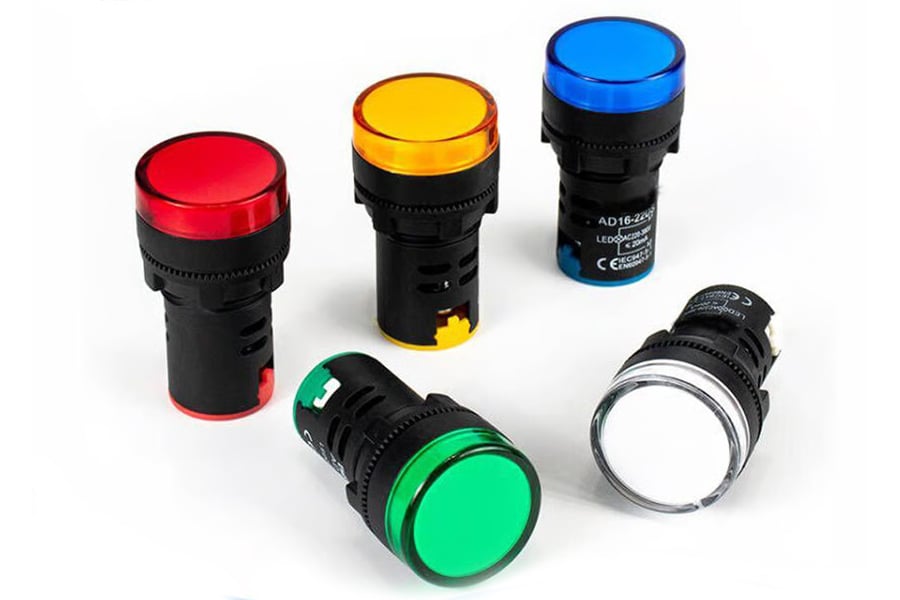Table of Contents

Introduction to Busbar Interconnection
Busbar interconnection plays a vital role in electrical systems, as it provides a means of connecting various components such as switchgear, transformers, and distribution boards. The design of busbar interconnections is critical for ensuring optimal conductivity and efficiency within the system.
Importance of Conductivity in Busbar Design
Conductivity is a key factor to consider when designing busbars, as it determines the efficiency of power transmission within the system. High conductivity materials such as copper and aluminum are commonly used in busbar design to minimize energy losses and maintain the overall integrity of the electrical system.
Factors Affecting the Design of Busbar Interconnections
Several factors influence the design of busbar interconnections, including current rating, voltage drop, temperature rise, short-circuit withstand capability, and fault level. It is essential to consider these factors during the design process to ensure the safe and reliable operation of the electrical system.
Types of Busbar Interconnection Designs
There are different types of busbar interconnection designs, such as flat bar, rod, tubular, and sandwich construction. Each design offers unique advantages and is chosen based on specific requirements such as space constraints, current carrying capacity, and thermal performance.
Materials Used in Busbar Conductivity Design
Copper and aluminum are the most commonly used materials for busbar conductivity design due to their high electrical conductivity and thermal properties. Copper is preferred for high current applications, while aluminum is more cost-effective and lightweight, making it suitable for medium to low current requirements.
Optimizing Busbar Interconnection for Efficiency
To optimize busbar interconnection for efficiency, designers should consider factors such as busbar layout, sizing, insulation, and cooling methods. Proper design and installation practices can help minimize power losses, reduce heat generation, and enhance the overall performance of the electrical system.
Testing and Validation of Busbar Conductivity
Testing and validation of busbar conductivity design are essential steps to ensure the reliability and safety of the electrical system. Various tests, such as resistance testing, thermal imaging, short-circuit testing, and temperature rise tests, are conducted to verify the performance of busbar interconnections under different operating conditions.
Future Trends in Busbar Interconnection Design
The evolution of technology and increasing demand for energy-efficient solutions are driving innovations in busbar interconnection design. Future trends may include the use of advanced materials, smart monitoring systems, and modular designs to enhance the flexibility and sustainability of electrical systems.
Challenges in busbar interconnection and conductivity design
Despite advancements in busbar design and materials, there are still challenges such as high manufacturing costs, complex installations, and limited space availability in electrical panels. Overcoming these challenges requires collaboration between designers, manufacturers, and end-users to develop innovative solutions that meet the evolving needs of the industry.
Conclusion
In conclusion, busbar interconnection and conductivity design are crucial aspects of electrical systems that require careful consideration to ensure optimal performance and reliability. By understanding the factors influencing design, selecting suitable materials, and implementing efficient testing procedures, designers can create robust busbar interconnections that meet the demands of modern electrical applications.
